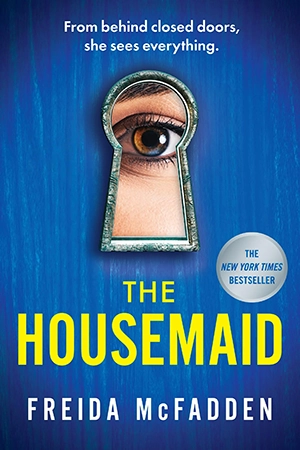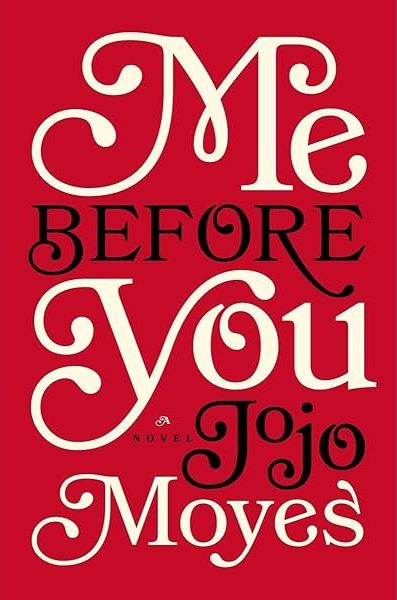What Card Game is Best for You?
May 2, 2022
Card games are a fun, usually simple idea to get your head around: players buy packs with random cards in them, then use them to build a deck to play against other players. There are many different skill levels and floors when considering getting into a new game, though, and knowing this about the game you want to look into can help you a great deal. I’ll be exploring Magic: The Gathering, Pokemon, and Yu-Gi-Oh!, to a lesser extent.
MTG is a fantasy-inspired card game where the player is intended to take the role of a commander summoning creatures and other spells from across different worlds, known as planes, to help them in their fight for victory. The gameplay is simple to learn, though not the easiest. There are plenty of small, nitpicky rules to learn, such as when to do what and what isn’t allowed when. These are easily learned, luckily, and will become instinct after enough rounds. The cards themselves are the easiest to get in various amounts, however, as most cards are, they can be pretty expensive when talking about big collections. There are websites for all card games that allow you to buy individual cards, which will be guaranteed to make the hobby less expensive. For Magic, the common cards range from about 20 cents to $1.00, while any of the more valuable, strong cards can go upwards the $50 range. These pieces are by no means necessary, and new, casual players can play more relaxed games with just a bunch of common cards, but if your goal is to become competitive, the price of card games should be considered. Magic also seems to have the largest player-base, with the game being constantly fine-tuned for the players’ enjoyment at the forefront. This means most games stores you come across will carry the cards as well as host the events for this game.
Pokemon is a much simpler game to grasp than Magic, but still offers quite a variety of play styles and deck building. Rarer cards in this game usually consist of cards that have different art than their normal version, so competitive decks can be made pretty cheap if you wish to trade-off the full art temptation. The player base is also pretty healthy, with many kids and adults both enjoying playing their favorite Pokemon in their decks. This game has far less events held comparative to Magic, but it does host a tournament every few years open to all. This tournament usually ushers in new formats and discards old ones, as both this game and Magic have a Standard format for gameplay, meaning only relatively new cards may be played in a tournament for balancing reasons.
Yu-Gi-Oh! is the least welcoming of the three games, with a diminishing player base and a complex set of rules. The art on the cards is nice, however everything else about this game leads to a bad deal on the consumer’s end. Players are often very boastful in this community, and it is hard to find a player willing to show you the ropes in a fair battle. Normal games consist of one player spending several minutes chaining together a combo to destroy your deck without giving you many chances to react, if at all. All of the cards have walls of text that a player must study several times before the effects can become commonplace, and these effects are generally pretty tedious or complex. Decks are far less customization, as many cards are designed to work with very specific other cards, and therefore are useless matching with any other type of deck. On top of this, there are generally only four or five types of decks worth playing at a time, as all else is too weak to compete in a fun, meaningful way.
All in all, Yu-Gi-Oh! is the only of the major three card games to try and avoid, despite the nice artwork or sentimental value. Many former players agree that the game can’t compete with Magic or Pokemon in terms of fun and customization.











